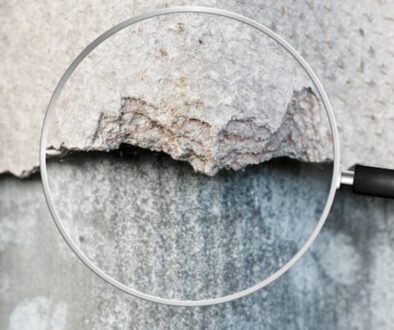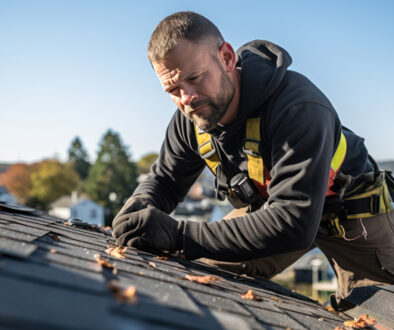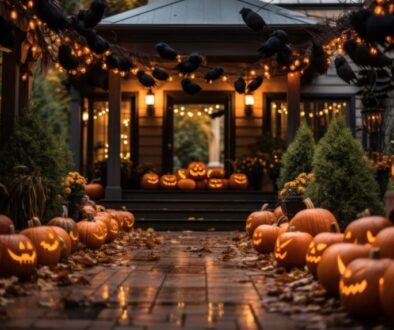Top 4 Natural Building Products
Reclaimed Wood
Nowadays, reclaiming wood is common in engineering homes and adding detail to homes. The desire for natural building products means that people are spending extra to obtain the coveted aesthetic. Certain natural products are cost-effective. Your choice of materials depends on your landscape, desired texture, and functional needs.
Reclaimed wood can be deconstructed and then reused for new projects. This process preserves the natural beauty of wood and saves it from going to waste. It is made from salvaged or recycled wood that is then turned into lumber, flooring, doors, furniture and much more.
If you are looking to use natural building products, look at the pros and cons of these different building products also. Using natural resources can reduce your carbon footprint and lessens environmental harm. Replanting trees, reusing, and recycling reclaimed materials will aid in eco-friendly practices. Here are some of the top natural building products you can use.
Stone
Stone is a beautiful and durable material, typically used as an accent or flooring piece. Chimneys are covered in this material to bring attention to the home.
Pros
- Stone withstands the heat and saves energy. It is easy to seal the cold air into your home and lowers your bill.
- This material resists catastrophes such as hurricanes, floods, or fires. If there is a fire, your home is less likely to burn to the ground as wood or other resources.
- This material is scratch-resistant and does not appear damaged like other materials. Stone’s wear and tear are minimal.
Environment and Usage
- Environments that are moist fair well with stone. Stone may grow some moss but is less likely to rot in wet environments.
- Stone looks beautiful on chimneys, fireplaces, floors, and exterior walls.
- It looks great with modern and historic homes.
Wood
When people hear about natural building products, their minds jump to wood. The varying types of wood are astounding. There are so many things ways you can use wood.
Pros
- Wood is probably the most aesthetic natural resource.
- Its tensile strength allows for larger spaces without extra beams to support it.
- It’s less expensive and uses less energy to produce.
- Wood is effective insulation against the elements.
- Wood can be recycled and reclaimed for furniture or homes.
Environment and Usage
- Updating historic homes with wood will keep the aesthetic realistic.
- Accent your ceilings, windows, trim, doors, and even light fixtures with wood to add texture and realism to your home.
- Wood withstands moisture in temperate locations. Dry locations are more prone to fires.
Adobe
Traditionally adobe is made from earth, water, and straw and then dried in the sun. Nowadays, mud from clay, water, and some soil dries into hard bricks. Construction can then use cement to fuse the bricks or walls.
Pros
- It’s possible to find adobe materials for free. Construction using adobe is usually less expensive than wood, brick, or steel.
- Lower your heating bills. The natural pore-packed insulation prevents heat or AC from escaping your home.
- Adobe lasts for hundreds to thousands of years. If you are looking to pass your home down to future generations, then adobe is perfect.
- Adobe is sun-dried, all-natural, and non-toxic. If you want to reduce your carbon footprint, this option is perfect.
- It’s great in areas prone to earthquakes. The flexibility allows for movement without cracking too much.
Environment and Usage
- Adobe does well in heated and dry environments.
- Surprisingly, adobe holds up in cold and wet environments because the frigidity keeps it from eroding. Think of leaving your clay mask in the freezer. That’s not budging.
- Adobe is ideal for walls and roofs. You can opt to have one or the other made from adobe, but the structure is better when you build the entire exterior in adobe.
Help build sustainable, beautiful, non-toxic homes using natural building products. Your kids, neighbors, and environment will thank you for creating a lovely, safe, carbon-neutral home. You will enjoy a safe, sturdy home for years to come. For more questions on natural building materials, contact StaDry as they are restoration experts.
Sources-
Schroder and Ogletree. 2010. Adobe Homes for All Climates: Simple, Affordable, and Earthquake-Resistant Natural Building Techniques. White River Junction, Vermont. Chelsea Green Publishing
Everything You Need to Know About Adobe (thoughtco.com) 8 Natural Building Materials for your Ecological Home – Ecobnb 15 Green building materials for an eco-conscious home | The Zebra Benefits of Using Wood in Construction | Think Wood The Advantages of Natural Stone Masonry for Your Home – Blog – SDS Stone Paving (brickpave.com)



